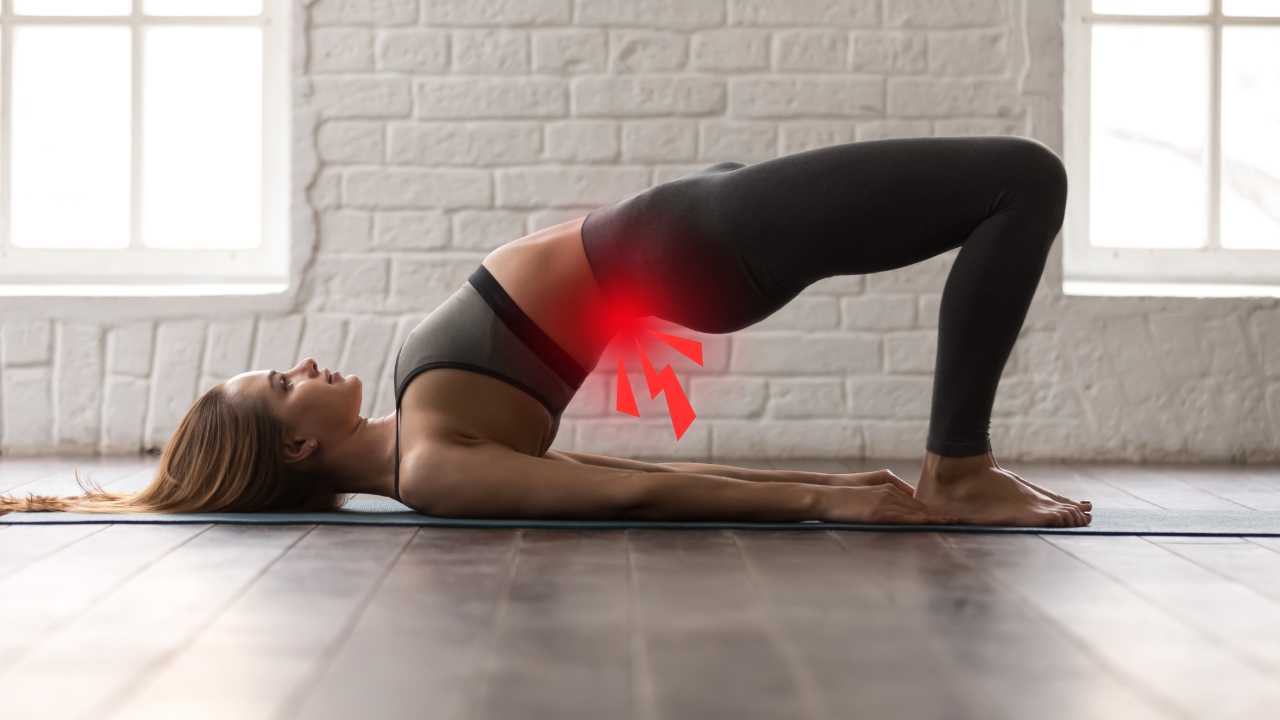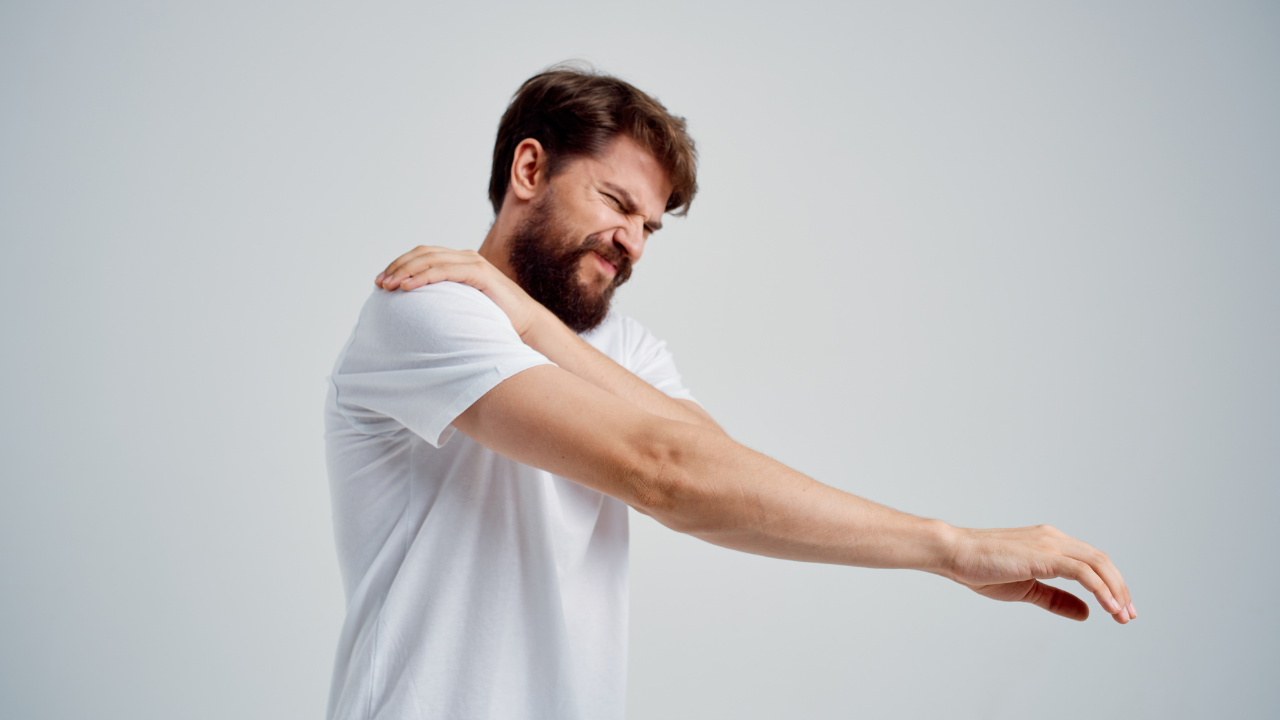How to FIX your Anterior Pelvic Tilt for Good!
Dr. Mitch Israel
31 March 2024

Anterior Pelvic Tilt? Here's what you need to do!
Are you experiencing the discomfort and postural issues associated with anterior pelvic tilt? Don’t worry; you’re not alone. Anterior pelvic tilt, characterized by an excessive forward rotation of the pelvis, can lead to a range of problems including lower back pain, tight hip flexors, and poor posture. But fear not! With the right approach, you can effectively address anterior pelvic tilt and restore balance to your pelvis and spine. In this comprehensive guide, I’ll walk you through three essential steps to fix your anterior pelvic tilt for good.
If you prefer videos, watch the video version below!
Step 1: Reduce Lower Back Tension
The first step in addressing anterior pelvic tilt is to alleviate lower back tension. Here’s a list of other common causes of Anterior Pelvic Tilt:
- Prolonged sitting
- Lack of core strength
- Weak gluteal muscles
- Tight hip flexors
- Tight lower back muscles
- Poor posture habits
- Imbalanced muscle development
- Excessive high-heeled shoe wear
- Pregnancy and childbirth
- Certain types of exercise routines
Regardless of the cause(s) the first movement to help reduce lower back tension is Child’s Pose Breathing. (Perform 10-15 breathes for 1-2 sets.)
This is a very simple and effective way to use your breath to calm down your nervous system and reduce lower back muscle tension.
*Below is a playlist of all the video references for the movements described in this article.
Playlist
Step 2: Restore Lumboplevic Motion
Once you’ve reduced the tension in your lower back, it’s time to work on restoring the range of motion within the lumbopelvic area. Here is a list of why lumbopelvic range of motion is so vital:
- Proper biomechanics
- Prevention of lower back pain
- Enhanced athletic performance
- Improved posture
- Reduction of injury risk
- Optimal functional movement
- Efficient distribution of forces
- Enhanced quality of life
- Maintenance of spinal health
- Better overall mobility
The Cat/Cow Stretch is a simple and very effective way to help improve spinal range of motion. (Perform 10-15 reps for 1-2 sets.)
Step 3: Reinforce with Core Stability
The core muscles, including the abdominals, obliques, and lower back muscles, play a crucial role in stabilizing the pelvis and spine during movement. When the core is weak or lacks stability, other muscles, such as the lumbar extensors and hip flexors, may compensate by becoming overactive to help maintain balance and support. This compensation can lead to an excessive anterior pelvic tilt position where you extend through your lower back for support instead of proper core mechanics.
Additionally, an unstable core can contribute to poor posture and alignment, further exacerbating the strain on the lower back. Addressing core weakness and instability through this Prone Rocking exercise can help restore balance in the muscular system and alleviate tightness in the lower back. (Perform 10-15 reps for 1-2 sets.)
Join the Movement
Unlock the path to freedom from anterior pelvic tilt by joining the Mobility Suite Membership today and start my exclusive 3-week “Anterior Pelvic Tilt Correction” program.
Designed to target and alleviate tightness in your lower back and hips, this program offers a comprehensive approach to improving core stability and reducing discomfort. With a focus on targeted exercises and expert guidance, you’ll uncover a renewed posture and ease of movement.
Plus, take advantage of our 7-day free trial by clicking the button below, ensuring you have nothing to lose but your Anterior Pelvic Tilt. Don’t let discomfort hold you back any longer—join today and take the first step toward a more mobile and pain-free lifestyle.






